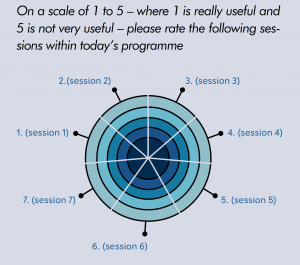Evaluation tool 10 – Target evaluation
What is this tool?
Participants place one mark or sticker in each segment of a printed target / dartboard according to their rating of that activity or outcome, the best being closest to the bullseye, the worst being furthest away.
Visual approaches are often more fun for participants than standard questionnaires, and can quickly allow you to see participants’ reactions to your activity.
What kind of activities can I evaluate with it?
Target evaluation is particularly good for rating different elements of an event, though it can also be used to reflect on overall outcomes or any other questions that can be placed along a rating scale response.
The tool is very effective for use with secondary school students and interested adults, but works with most audiences and for most types of events.
Target evaluation at a glance…
| Who: |  |  |  |  | ||
| What: |  | 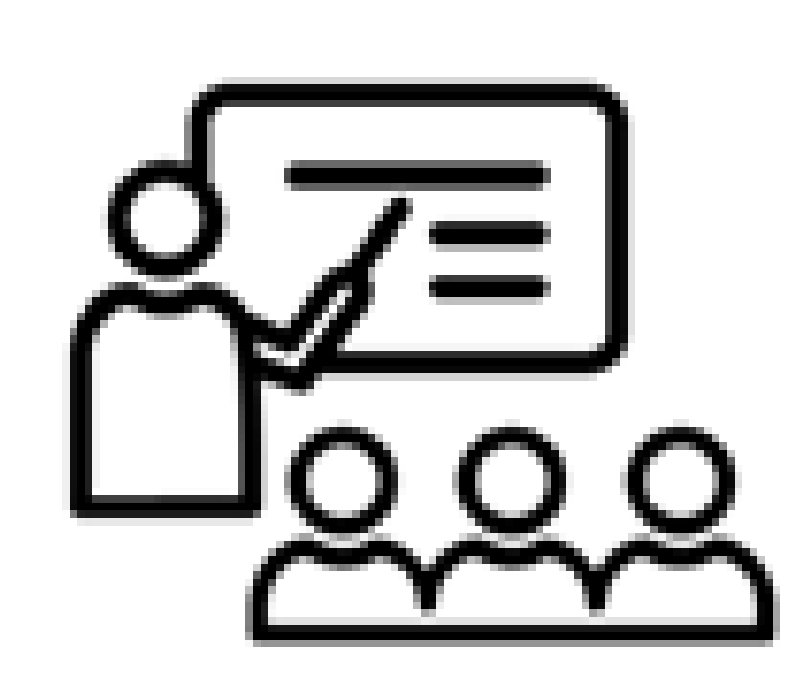 |  | 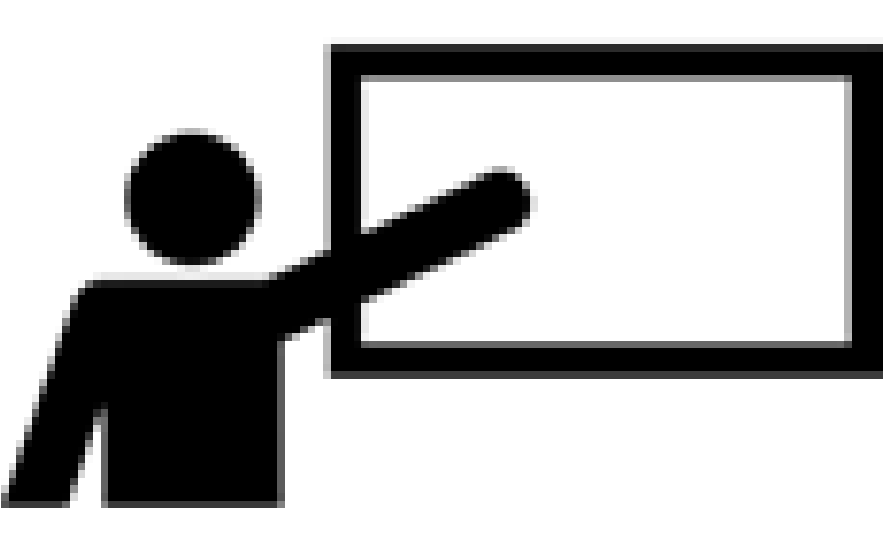 |  | |
| Data: |  |  | 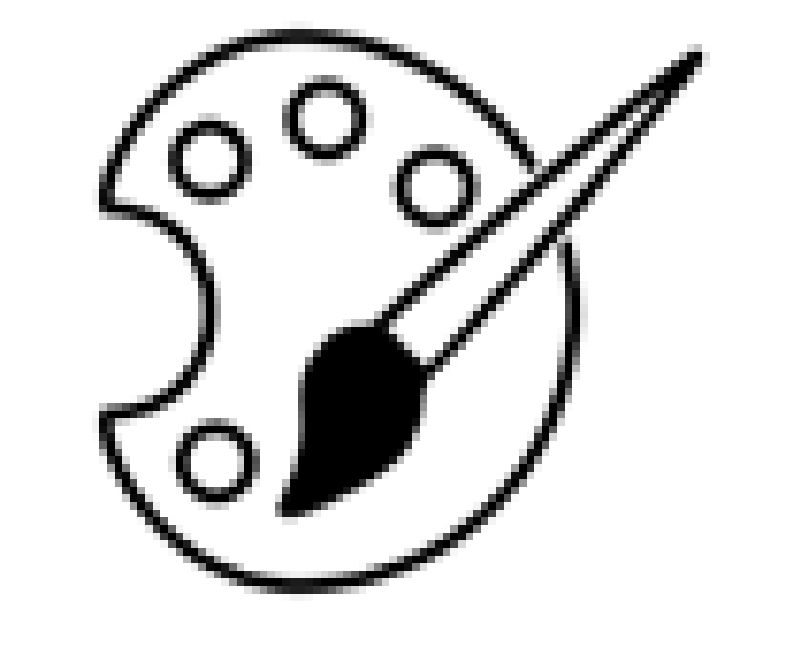 | |||
| Time: |  | 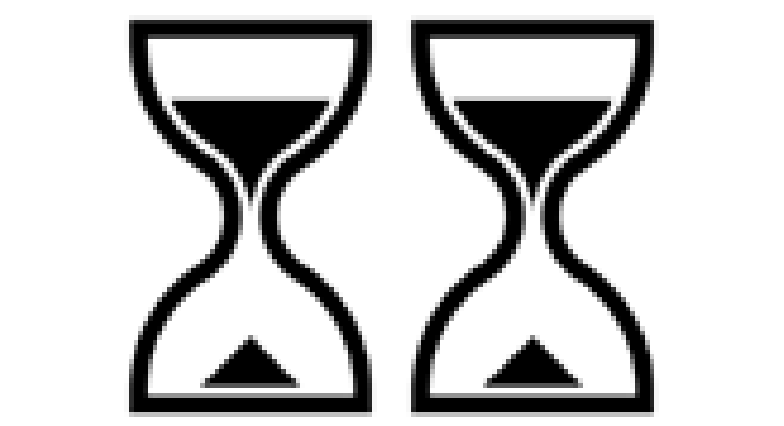 |  | |||
| Gain: | 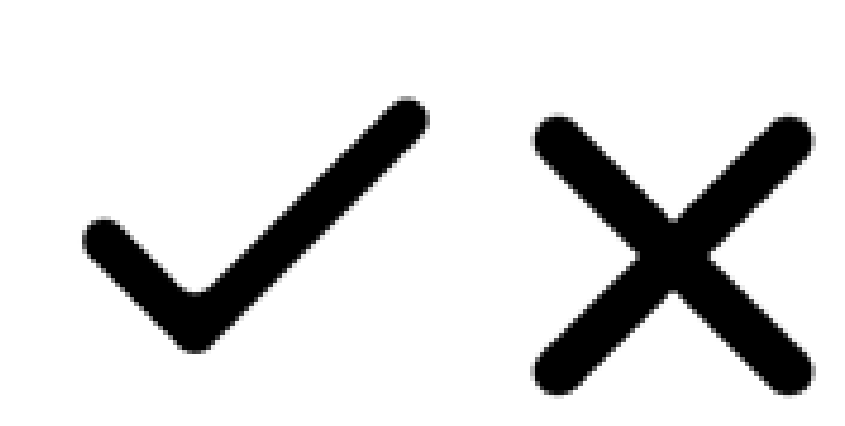 |  | ||||
| GLOs: |  |  |  |  |
When should I use it?
This tool is best suited to use at the end of (or after) an event.
What do I need?
- Pre-prepared large printed dartboards divided into sections (one section per aspect of the event that you’re interested in – these could for example be different sessions within an event, or different outcomes or characteristics; see downloadable example for some suggestions)
- Stickers or markers
- Pens
Let’s get started…
Distribute your dartboard to your participants – this usually works best in small groups (say 4-6 people each), though can be done individually or as a larger group if necessary.
Ask participants to place one mark or sticker in each segment of the dartboard according to their rating of that activity or outcome, the best being closest to the bullseye, the worst being furthest away. If you print the dartboard out large enough then you can also ask participants to write short notes of explanation near their ranking, to help you understand the reasons behind their score.
OK, what do I do with my data now?
The dartboard approach allows you to very quickly compare ratings for different aspects, allowing you to immediately see particularly strong or weak points within your event, as well as where there were differences of opinion amongst the participants.
Similar techniques
Bananas – Give participants a banana (real or paper) and ask them to show them curve up or down to represent happy or sad faces. Participants can then write on the skin any additional comments they might have. If you use real bananas participants can still eat them at the end…
Rate or Slate – This is a great way to get a very visual result on what children think. Children are asked at the end of a session to ‘rate or slate’ it. Children are presented with a scale labelled 1-5 (1 being negative and 5 being positive.) Children are asked to rate their answer to a question by putting a sticker on the scale.
Facebook Wall – Create a set of “posts” that make evaluation points for the session or event with spaces for dislikes and likes around the post. Then get the young people to like or dislike the post, using markers, stickers or even printed icons in the shape of Facebook reaction options. People can also make comments below each statement using post-its or simply writing on the page.
Picture Voting – Children vote on a range of visual choices around a particular question or issue by attaching stickers to their chosen answer. Choose an issue that can be clearly expressed using pictures of different choices. For example, you might want to find out about ideas for a new lunch-time club or even destinations for a visit. Find as many suitable (and realistic!) images for the children to vote on. Try to find images that are clear and easily recognisable. Find somewhere to display your pictures at the children’s eye level where they will all be able to access them. The children can be given one sticker for one vote or you could give them 3 stickers – they could put all 3 on one choice or spread the stickers around if they have more than one ‘favourite’ answer. Remind the children that there isn’t a ‘right’ or ‘wrong’ answer.
With thanks to the Woodcraft Folk for the ‘Bananas’ and ‘Facebook Wall’ tools and Sheffield City Council for the ‘Rate or Slate’ and ‘Picture voting’ techniques.
Download worksheet
Download the Target evaluation worksheet
Download template for target: https://www.europlanet-society.org/wp-content/uploads/2019/10/target-evaluation-template.pptx
Back to Tools


